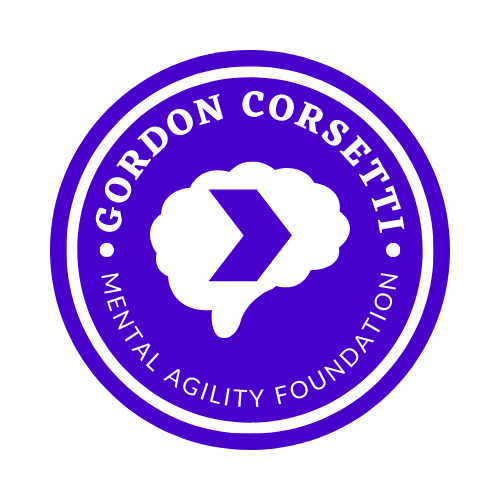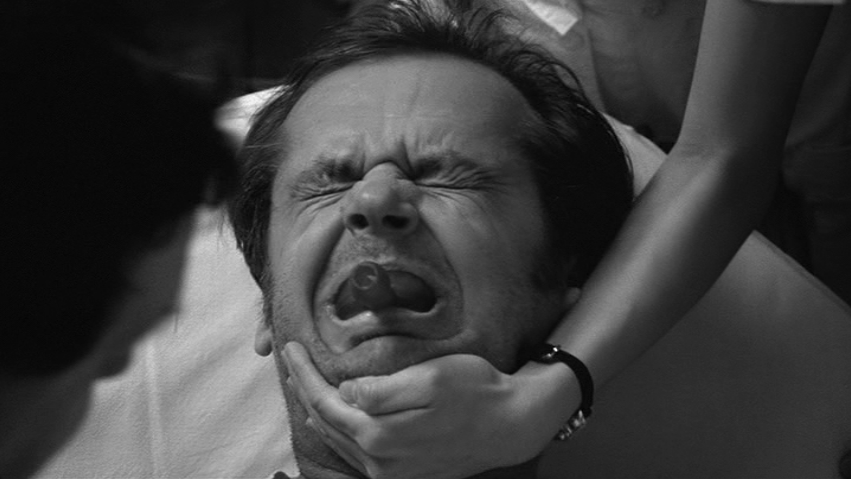If you explored my site you’ll find many references to Dante’s Inferno. The English translation, which I am quite partial to, places the Wood of the Suicides on the seventh shelf, or circle, of Hell. The other url of my site is www.7shelf.com for this reason.
On this shelf are the condemned that committed violence against others, violence against themselves, and violence against God and Nature. I read Dante’s Inferno every year, and I am always struck by how fair he described hell. Those that sin receive their sin reflected upon them in equal measure to their behavior while still bound to their mortal coil.
Even without Dante’s visceral descriptions, the dogma of most major religions is that those who die by their own hand live out eternity in hell. But with Dante, an entire Western culture absorbed a powerfully disgusting story of the horrors that await sinners, the limitations of logic, and the ultimate saving grace of God.
What still keeps me up at night is the thought of why, after The Inferno approached near-canonical status, people still killed themselves. We don’t appreciate that.
Imagine you’re a German peasant in say, the 17th century. The Inferno is accepted lore that reinforces the primary religion of Christianity in your country. The prevailing wisdom of the time is that life is hard and contains much suffering, because at that time, life was hard and contained much suffering. But, if you died as a Christian, you were assured eternity in paradise. The suffering had to mean something for the system to function.
Truly though, your life as a peasant in a feudal system was hard work in awful conditions, on land you didn’t own, with sickness and disease rampant, and, if your lord went to war, you were automatically conscripted to fight and probably die. And that was just for the men!
Women were essentially property; worth their capacity to have children plus a dowry and they stood a good chance of dying in childbirth. Medically-trained practitioners did not start attending to births until the 1730s. Records of dying in childbirth were not recorded until the late 18th century, and they started at 25 deaths for every 1,000 births!
I find it unrealistic to believe that someone with a life that fraught with hardship would not consider suicide at some point, but I find it even more astonishing that people still killed themselves! They knew, to their core, that death by their own hand would result in being flung into hell where they would agonizingly grow into a tree. They would be ripped and broken apart by harpies until Judgment Day. At which point, their former bodies will be hung from their bleeding branches for the rest of time because God decreed that “it is not just that a man be given what he throws away” (Canto XIII, Circle 7, Round 2: 105).
The thing is, while the collective lives of almost everyone in an industrialized country today is immeasurably better compared to that of a feudal serf, we’re still human. Times and circumstances change, but sometimes, some things are just too much, and we want it all to stop.
Some, like myself, considered suicide as a solution. I don’t claim that thinking about suicide is a rational thought. It is merely one of many thoughts a human can have, and we have plenty of irrational ones too. But, for those of you who have never had a thought to want to end your life and can’t imagine why anyone else would, imagine being in so much present agony that the possibility of spending an eternity in hell is worth ending the pain you experience now.
Then you will have a glimpse of why a person can be driven to that awful thought when it’s all too much.















